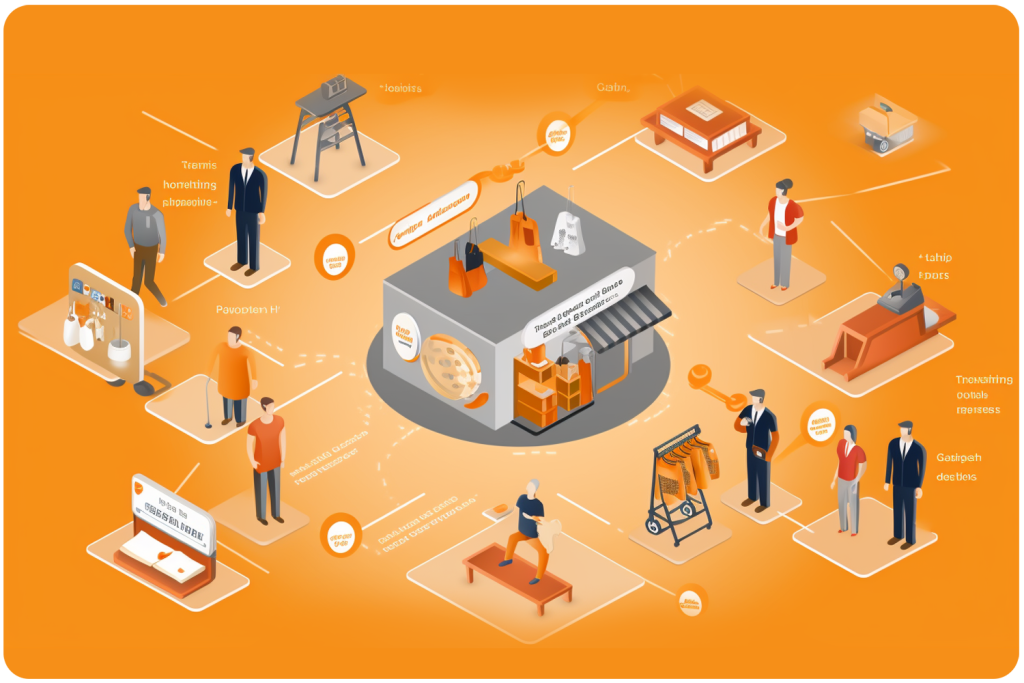Clear and consistent communication is essential for the success of any project. There are a few key elements of effective communication that help set clear expectations, align stakeholders, and drive positive outcomes.

Types of Communication
There are various forms of communication utilized in project management depending on the needs, timeline, and stakeholder preferences. There is not one singular tool that is always the right answer. The medium should match the message and context. Common channels include:
-
- Emails: Regular email updates, whether daily, weekly, or monthly provide succinct written communication to stakeholders.
- Meetings: In-person or virtual meetings allow more detailed discussions, decision-making, and relationship-building. Frequency may be weekly, monthly, or quarterly.
- Reports: Written reports offer in-depth documentation of project status, risks, changes, finances, and other metrics. Reports are typically provided on a monthly or quarterly basis.
The appropriate mediums and frequency are selected based on factors like project length, needs, and organizational norms. A combination of communication channels is often the most effective.
Setting Expectations
Client expectations around project communication must be set early on. This includes clarifying:
-
- Content: What information will be shared such as budget, timeline, risk, status updates, etc?
- Frequency: How often communication will be delivered through each channel?
- Audience: Which stakeholders will receive which updates?
Proactively managing expectations facilitates information flow and prevents misaligned assumptions.
Responsiveness
Timely responsiveness to queries or requests is also vital. Expectations should clarify:
-
- Acknowledgment: Initial confirmation response time for messages.
- Follow-up: When full information or answers will be delivered.
Defining these service levels helps stakeholders plan and prevents blocking delays.
Escalation Path
Despite best efforts, urgent project matters may still arise. The escalation process for critical notifications or speeding up decisions should be:
-
- Initial notification to the project manager
- Elevation to program manager if unresolved after X hours/days
- Further elevation to director level if still unaddressed
Outlining the chain of command provides clarity if quick action becomes necessary.
Transparency and Honesty
Openness establishes trust between project teams, clients, and stakeholders. When issues emerge, transparent disclosure prevents feelings of misrepresentation and shows accountability. It enables earlier awareness and problem solving.
Ignoring or obscuring the truth around setbacks damages credibility and relationships. Without visibility into the real situation, stakeholders cannot contribute insights to get projects back on track. Communication shuts down rather than enabling collaborative resolution.
Full transparency requires timely, proactive delivery of updates – not just responding passively when asked directly. Regular status reports should reveal true progress, not just highlight milestones achieved. Any risks spotted early should be shared immediately to prevent escalation.
If delays or issues do arise, honest communication provides context around causes, implications, and action plans. This demonstrates the project leader is taking ownership rather than avoiding difficult conversations. Even if the news is not ideal, transparency removes feelings of concealment and deceit that corrode trust.
Integrity in communication is often remembered long after projects complete. An open, authentic approach during challenges ultimately strengthens bonds between teams, stakeholders, and organizations for the long term. It builds reputations of reliability that fuel future success.
Feedback Mechanism
Finally, actively soliciting feedback creates opportunities for evaluation and continuous improvement. Surveys, post-project reviews, or retention check-ins provide platforms for clients to share suggestions, and concerns, or highlight areas working well. This input further enhances communication effectiveness.
Communication is the binding element that unites parties, objectives, and workstreams. Defining the protocols and mechanisms for clear, timely, and open information exchange is a prerequisite for project success. With alignment and shared understanding, teams can navigate challenges, meet expectations, and deliver exceptional outcomes.
Interested in our content?
Subscribe to our newsletter to get notified when we release a new podcast episode or new blog post.
At Mage Montreal, we strive to offer our clients affordable, top-notch services that are tailored to their individual needs. Our team of certified Magento developers are experienced and devoted to helping our clients accomplish their goals. Get in touch with us today to learn more about how our services can benefit your online business.


